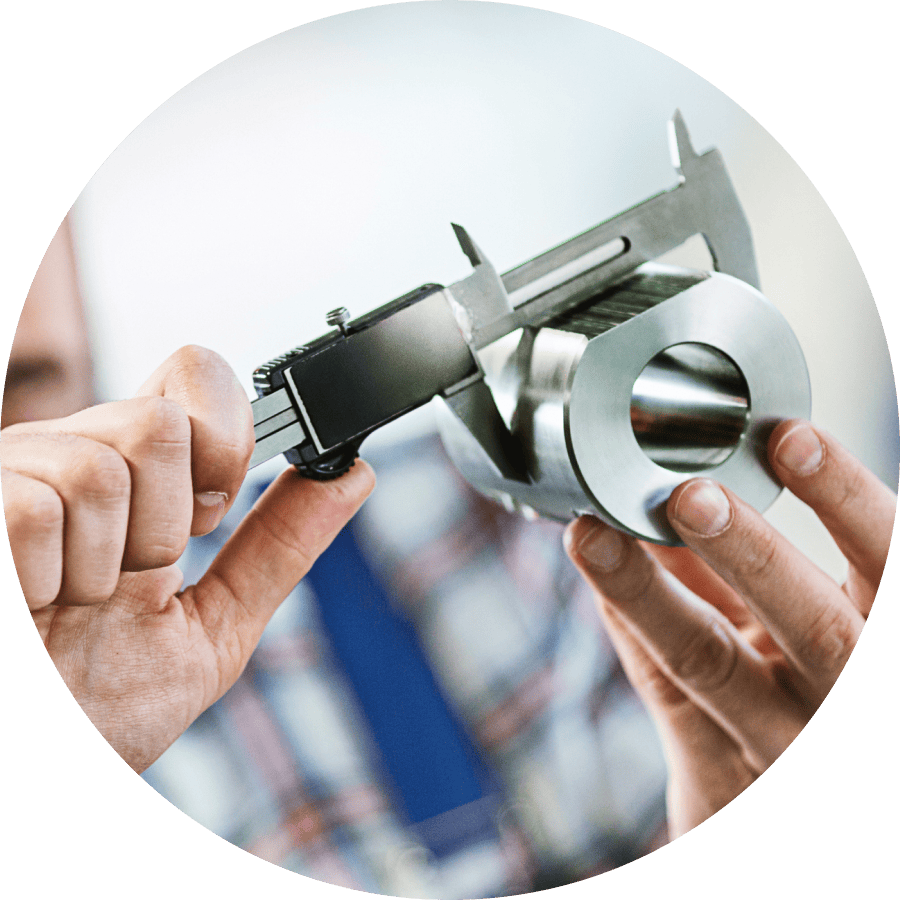Visual Inspection Training (VT)
Elevate your inspection skills with visual inspection training from NDT-CGI

Beyond the naked eye: Empowering visual inspection with technology
- Corrosion: VT excels at detecting signs of corrosion on various materials, helping to ensure their structural integrity.
- Misalignment: Improper alignment of components can be readily identified through visual inspection.
- Physical damage: Scratches, dents, and other surface imperfections are easily detectable using VT.
- Cracks: VT plays a vital role in identifying cracks on the surface of materials, preventing potential failures.
Tools for an effective visual inspection testing
- Magnifying glasses: For a closer look at fine details and potential flaws
- Mirrors: To access and inspect hard-to-reach areas
- Borescopes: For visual examination of internal cavities and pipelines
- Computer-assisted viewing systems: For capturing, enhancing, and recording visual data for detailed analysis

Advantages and limitations of visual inspection
A rigorous NDT visual inspection training program empowers inspectors to maximize the benefits of VT while effectively addressing its constraints.
Advantages
Cost-effectiveness:
VT is one of the most economical NDT methods, requiring minimal investment in equipment or consumables.
Enhanced portability:
VT equipment is often portable or nonexistent, making inspections feasible in various environments without the need for bulky setups.
Rapid results:
VT delivers immediate results, allowing for quick decision-making during the quality control process.
Accessibility for newcomers:
VT requires minimal specialized skills compared to other NDT methods. However, visual inspection training can significantly enhance an inspector's ability to identify defects and ensure consistent, reliable results.
Minimal preparation needs:
VT often requires minimal preparation of the test object, making it a time-saving approach.
Limitations
Limited scope:
VT is inherently restricted to inspecting surfaces that are directly visible to the inspector. Hidden defects or flaws below the surface cannot be detected using VT.
Size sensitivity:
Generally, VT is most effective at detecting larger surface defects. Smaller imperfections might be more difficult to identify or even missed entirely during an inspection.
Interpretation challenges:
Distinguishing certain defects like scratches from cracks can be challenging based on visual observation alone. Training and experience play a crucial role in accurate VT interpretation.
Other Services
Explore our comprehensive suite of NDT training services
We offer a complete suite of services for program establishment, audits, and examinations.
